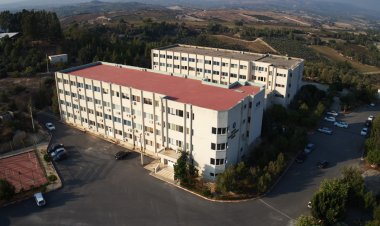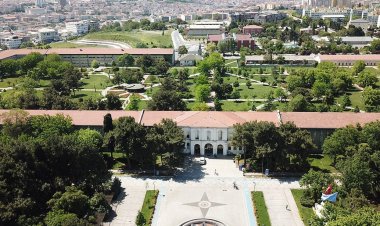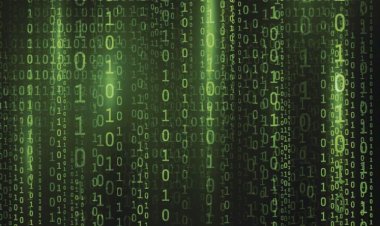A Low Cost Design Non-invasive Glucose Monitoring Experimental Setup
A Low Cost Design Non-invasive Glucose Monitoring Experimental Setup Evren, Elif; Kocak, Onur In this non-interventional study, infrared glucose measurement, a non-invasive method of blood glucose measurement that is painless, hygienic and more practical, was investigated and a data supporting the feasibility of this method was obtained using a low-cost assay. Another goal of this study is to demonstrate that the infrared transceiver array can measure optical changes due to different solvents and different glucose concentrations. The data are obtained and compared based on the concentration of glucose in each solution and solution. The closed system we use for this study is completely isolated from the outside environment and the 950nm infrared receiver transmitter installed with arduino is prevented from being influenced by different light sources. In our study, water, isopropyl alcohol and glycerol were used as solvent for glucose determination. Our receiver-transmitter is the most commonly used infrared transceiver in the 950-nm wavelength range. The data received from the receiver was converted to volt value with Arduino software and significant values were created. As a result of the measurements, it was observed that the voltage value changed due to the concentration of the solution. As the glucose concentration in the solution increased, the voltage value decreased.

A Low Cost Design Non-invasive Glucose Monitoring Experimental Setup Evren, Elif; Kocak, Onur In this non-interventional study, infrared glucose measurement, a non-invasive method of blood glucose measurement that is painless, hygienic and more practical, was investigated and a data supporting the feasibility of this method was obtained using a low-cost assay. Another goal of this study is to demonstrate that the infrared transceiver array can measure optical changes due to different solvents and different glucose concentrations. The data are obtained and compared based on the concentration of glucose in each solution and solution. The closed system we use for this study is completely isolated from the outside environment and the 950nm infrared receiver transmitter installed with arduino is prevented from being influenced by different light sources. In our study, water, isopropyl alcohol and glycerol were used as solvent for glucose determination. Our receiver-transmitter is the most commonly used infrared transceiver in the 950-nm wavelength range. The data received from the receiver was converted to volt value with Arduino software and significant values were created. As a result of the measurements, it was observed that the voltage value changed due to the concentration of the solution. As the glucose concentration in the solution increased, the voltage value decreased.

 Bilgi
Bilgi 















